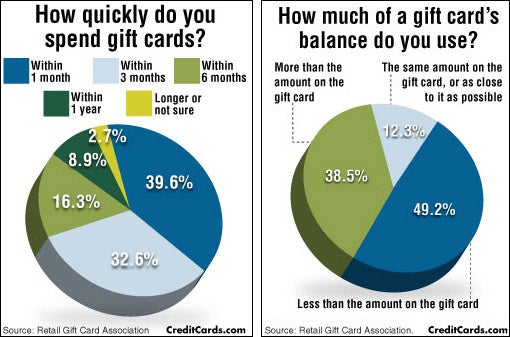Glass engravers have actually been highly experienced artisans and musicians for thousands of years. The 1700s were specifically noteworthy for their achievements and appeal.
As an example, this lead glass goblet demonstrates how engraving incorporated design patterns like Chinese-style themes right into European glass. It also shows exactly how the ability of a good engraver can create imaginary deepness and visual texture.
Dominik Biemann
In the very first quarter of the 19th century the typical refinery area of north Bohemia was the only place where naive mythical and allegorical scenes inscribed on glass were still in vogue. The goblet imagined right here was engraved by Dominik Biemann, that specialized in small portraits on glass and is considered among one of the most important engravers of his time.
He was the child of a glassworker in Nové Svet and the sibling of Franz Pohl, an additional leading engraver of the duration. His job is characterised by a play of light and shadows, which is especially obvious on this cup presenting the etching of stags in timberland. He was additionally known for his deal with porcelain. He died in 1857. The MAK Museum in Vienna is home to a big collection of his jobs.
August Bohm
A remarkable Nurnberg engraver of the late 17th century, Bohm collaborated with special and a feeling of calligraphy. He inscribed minute landscapes and engravings with vibrant official scrollwork. His job is a forerunner to the neo-renaissance design that was to dominate Bohemian and other European glass in the 1880s and beyond.
Bohm embraced a sculptural feeling in both relief and intaglio engraving. He exhibited his mastery of the latter in the finely crosshatched chiaroscuro (watching) effects in this footed goblet and cut cover, which portrays Alexander the Great at the Battle of Granicus River (334 BC) after a painting by Charles Le Brun. Despite his considerable skill, he never achieved the fame and fortune he looked for. He passed away in scantiness. His better half was Theresia Dittrich.
Carl Gunther
Regardless of his vigorous job, Carl Gunther was a relaxed male that took pleasure in hanging out with friends and family. He liked his everyday ritual of visiting the Collinsville Senior Center to appreciate lunch with his pals, and these minutes of friendship supplied him with a much needed respite from his demanding career.
The 1830s saw something fairly phenomenal take place to glass-- Mother's Day engraved vase it ended up being vibrant. Engravers from Meistersdorf and Steinschonau created richly coloured glass, a preference called Biedermeier, to satisfy the demand of Europe's country-house classes.
The Flammarion inscription has actually ended up being a sign of this new taste and has actually shown up in books devoted to science along with those discovering mysticism. It is also found in numerous gallery collections. It is believed to be the only making it through example of its kind.
Maurice Marinot
Maurice Marinot (1882-1960) began his occupation as a fauvist painter, however became fascinated with glassmaking in 1911 when seeing the Viard bros' glassworks in Bar-sur-Seine. They provided him a bench and taught him enamelling and glass blowing, which he understood with supreme ability. He established his own strategies, making use of gold flecks and exploiting the bubbles and various other natural flaws of the product.
His technique was to treat the glass as a creature and he was just one of the very first 20th century glassworkers to use weight, mass, and the aesthetic effect of all-natural problems as aesthetic components in his works. The event shows the significant impact that Marinot had on modern glass production. However, the Allied battle of Troyes in 1944 destroyed his workshop and countless drawings and paints.
Edward Michel
In the early 1800s Joshua presented a style that resembled the Venetian glass of the period. He utilized a technique called ruby point inscription, which includes damaging lines right into the surface of the glass with a difficult metal carry out.
He also created the first threading equipment. This innovation permitted the application of long, spirally wound routes of color (called gilding) on the text of the glass, a necessary feature of the glass in the Venetian design.
The late 19th century brought new style ideas to the table. Frederick Kny and William Fritsche both operated at Thomas Webb & Sons, a British firm that focused on high quality crystal glass and speciality coloured glass. Their job reflected a preference for timeless or mythological topics.
